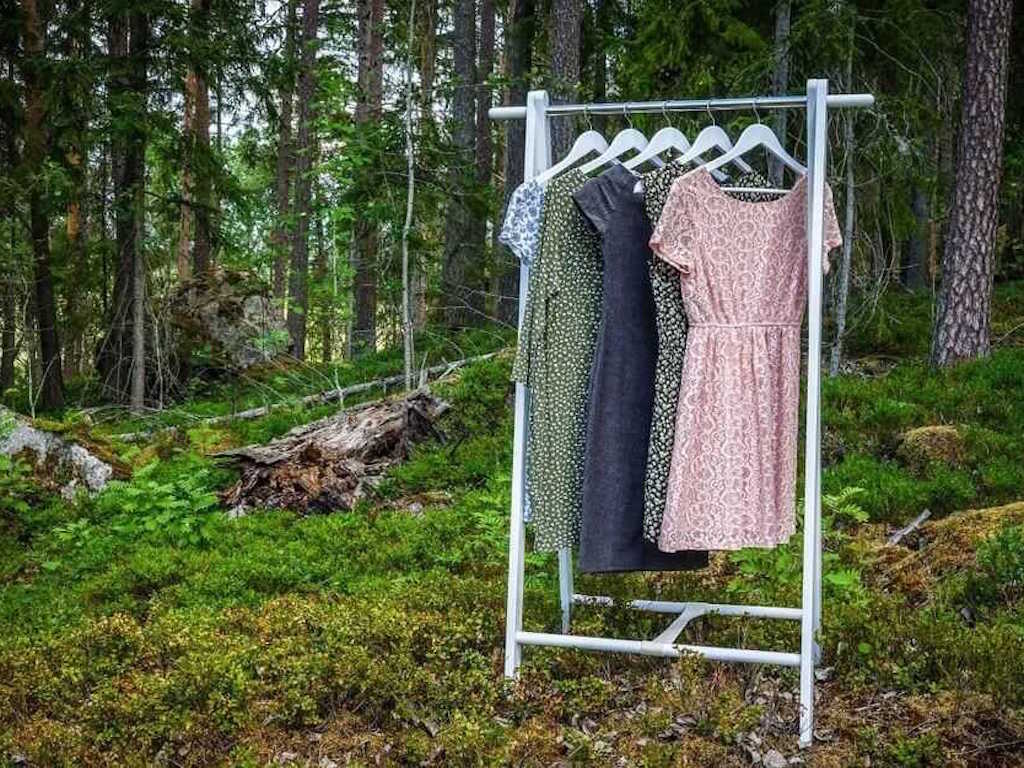5 Mins Read
Sustainable fashion is on the rise, with mainstream brands and luxury labels alike embracing the trend. Yet the truth of it is, many of us still feel overwhelmed as consumers: is it possible to be a conscious fashionista?
Many of us remain confused about how to go about building a wardrobe without leaving behind a detrimental impact on earth. It’s not always an easy journey but we’re here to help. While there is no one perfect approach, there are plenty of options and small actions that you can take to stay fashionable and responsible. Below, check out Green Queen’s 8 “Rs” of building a responsible wardrobe. One to bookmark for sure!
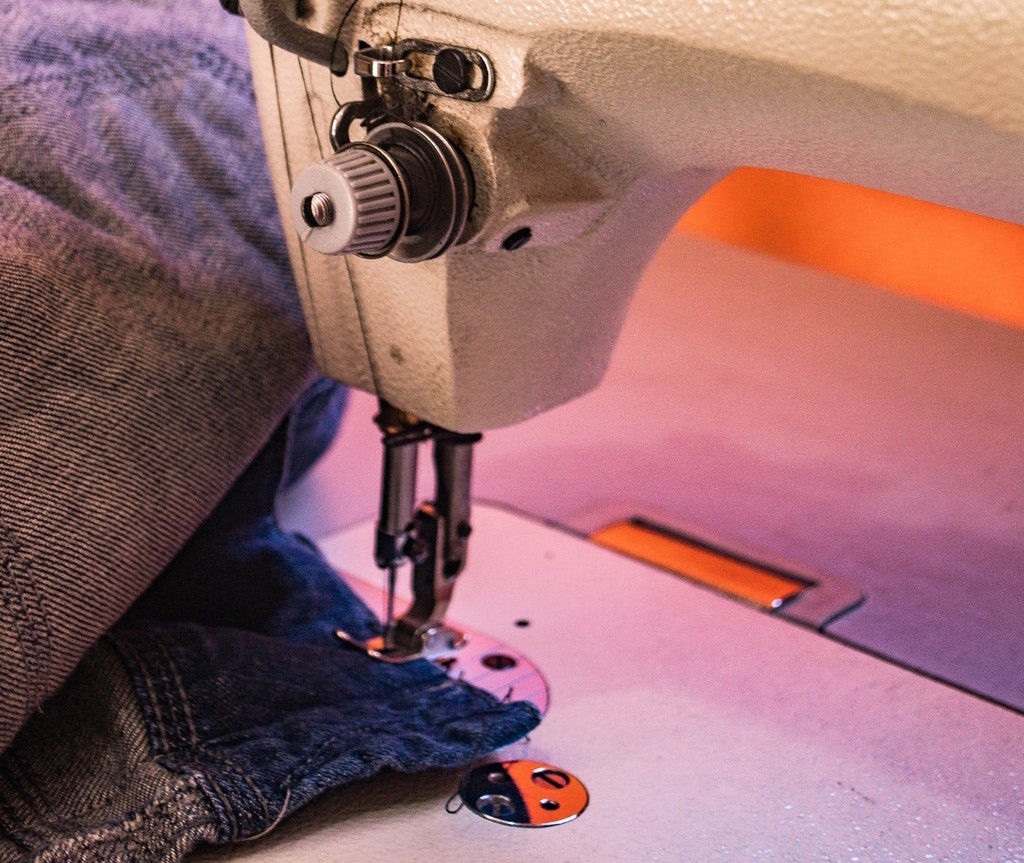
1. Repair > Find Yourself A Great Tailor
When your clothes undergo wear and tear, your immediate response should be to repair, instead of buying a new replacement. Don’t give up on your favourite cardigan just because a few holes are showing up! You can sew it up yourself, or if you’re hopeless in the realm of textiles (like many of us are), then find yourself a good, trustworthy tailor (so many in Asia, we are so lucky!) who can refurbish your wardrobe staples from broken jacket zippers to split seams to its original fabulous condition again.
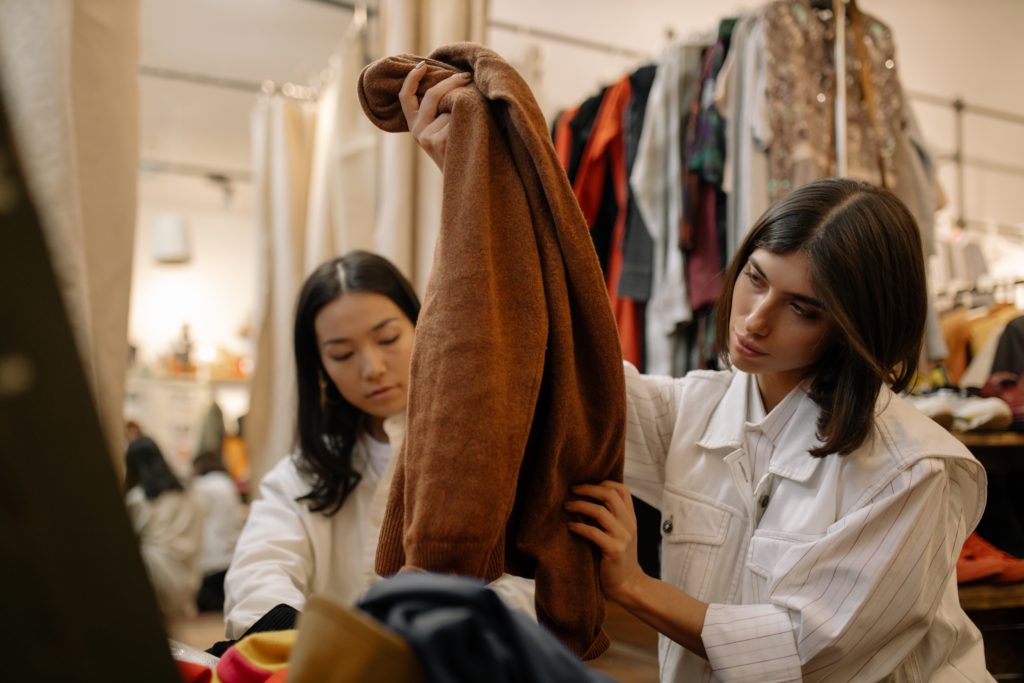
2. Recycle > Opt For Second-Hand
Sometimes, you really do need to update your old wardrobe, or make a couple of more on-trend additions to style up your outfit. There are so many places to look for second hand pieces, more than you can imagine. From high-end preloved accessories and bags that are resold on luxury resale platforms to everyday jeans and jackets that can be found in thrift stores, charity shops and consignment apps, there are second hand options for just about everyone.
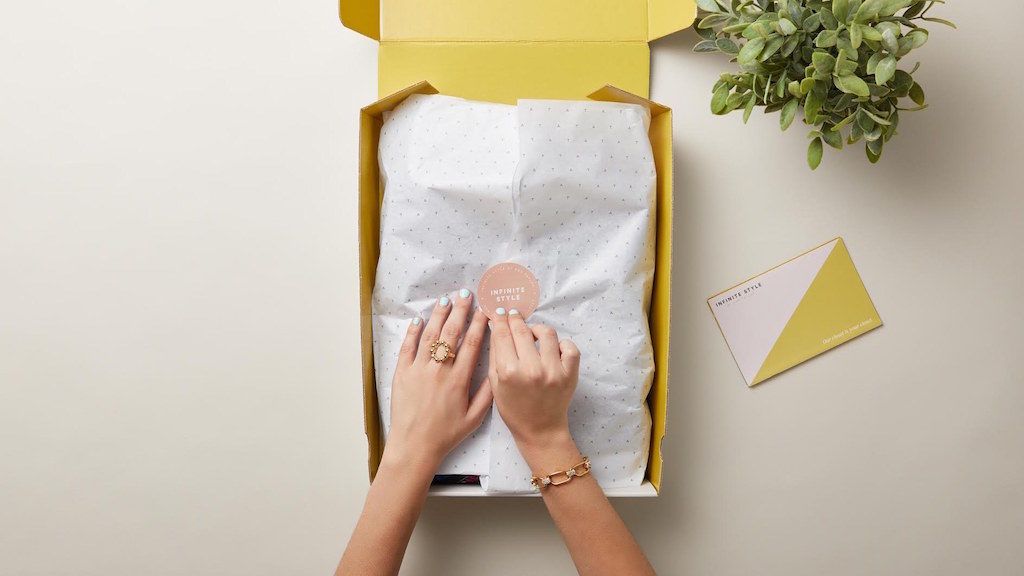
3. Rent > Sign Up To A Borrow Service
Clothing for hire is one of the most practical and sustainable solutions to ever changing trends in the fashion world. With the rental fashion sector experiencing a huge boom in popularity, there are lots of options available to suit each person’s needs. Those who want a regular wardrobe change can opt for a monthly subscription plan, while others who simply want a special outfit for a one-off function or have their eye on a trendy piece can pay per loan to borrow through platforms or peer-to-peer hire companies. This would increase the number of times clothing is worn before it reaches the end of its life cycle.
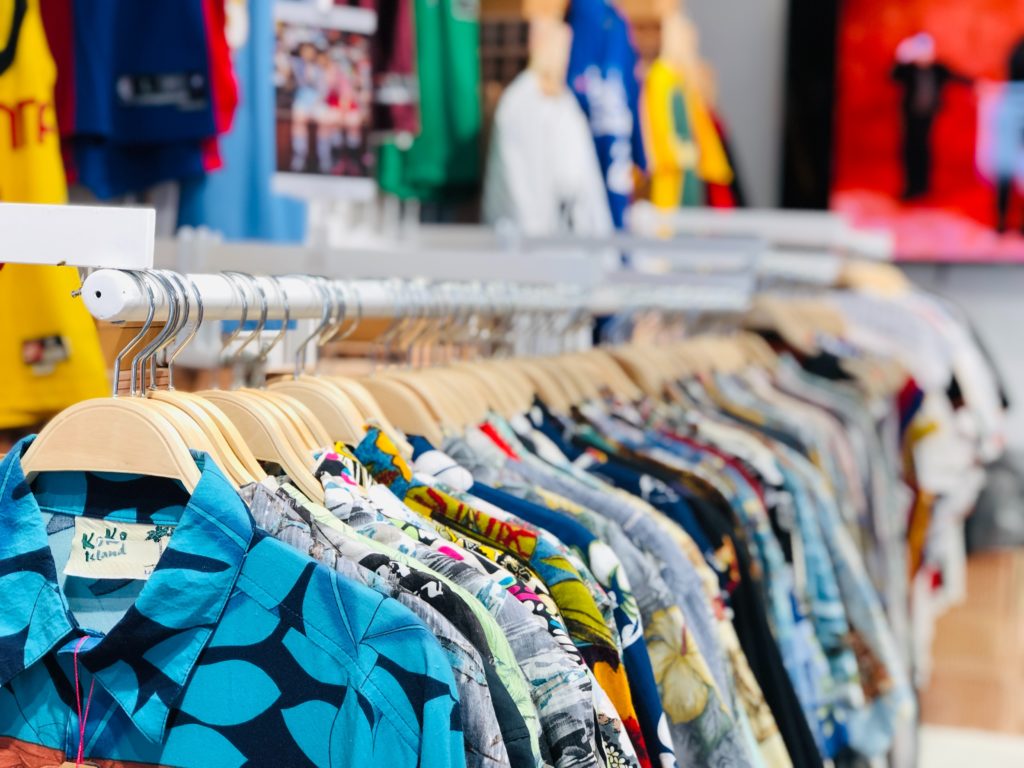
4. Reinvent > Craft Your Way To Better Style
Maybe there are pieces of clothing that are in your closet that have long gone out of fashion. Before you get rid of it (responsibly, of course), is there a chance that you can reinvent it by giving it a bit of a do-up? Be your own designer. Is there something creative you can add onto that old canvas tote, such as sew-on patch work or adding a few pockets in? Could you repurpose a pair of trousers into shorts?
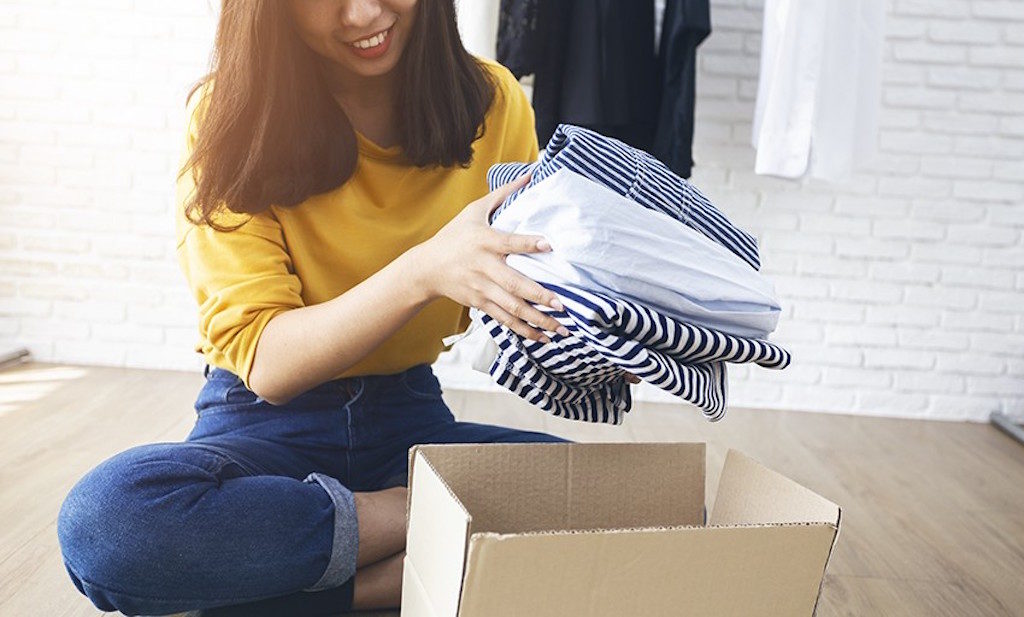
5. Recirculate & Rehouse > Donate & Sell Responsibly
Are there pieces that you’ve fallen out of love with but are still in great condition? Find your clothes a new home by donating it to a charity, giving it up for resale at a second hand store, gifting it to your friends and family or pass it onto someone who will make use of it. Just because it is preloved doesn’t mean it can’t be reloved, rehoused and recirculated.
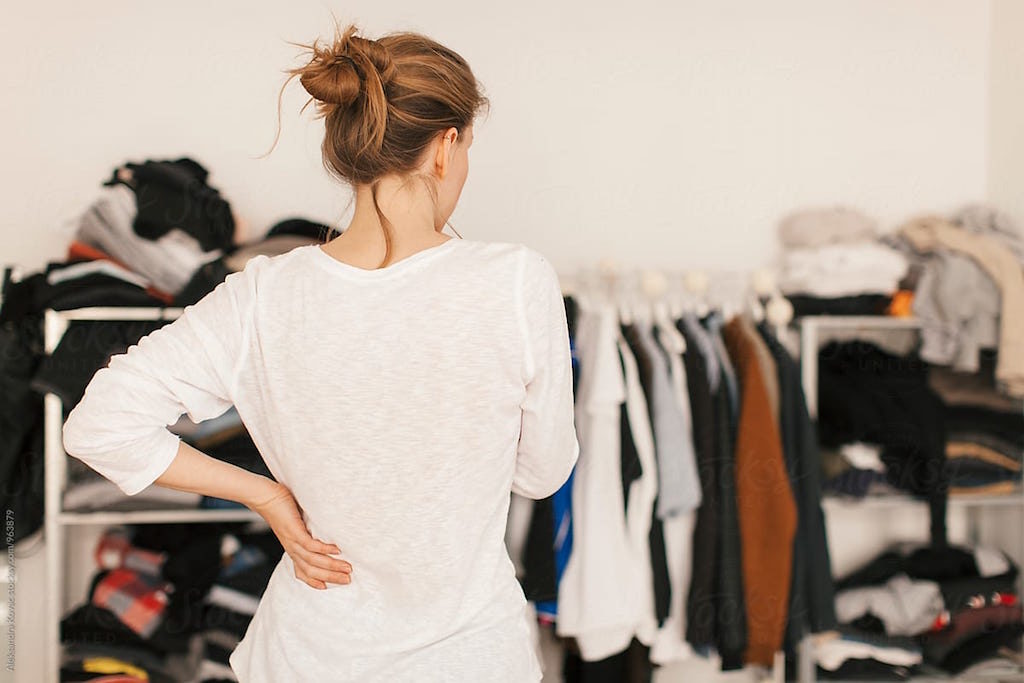
6. Recapsulate > Build A Capsule Wardrobe Plan
Come up with an entire capsule wardrobe plan. Sit down with a notepad, reflect and recapitulate everything you currently have, the style you wish to achieve, which pieces you want to recirculate and what you want to curate through sustainable options from recycled resale to rental and refurbishment. Will your newly curated pieces fit into a long-term plan and last you a long time before you grow bored of it? Which pieces will you wear over and over again? Can you build a versatile wardrobe with items that you can dress up and down for all occasions? Plan it out and visualise it before you take action!

7. Rethink > Do You Really Need It?
Think twice, and think again for another time before you consider purchasing an item. How many times will you realistically wear that scarf? Will it match with the other items in your wardrobe? Will it go off-trend after one season? How many resources have gone into creating the item? These are all the kind of questions we need to ask ourselves and truly rethink before we decide to add another item to the basket.
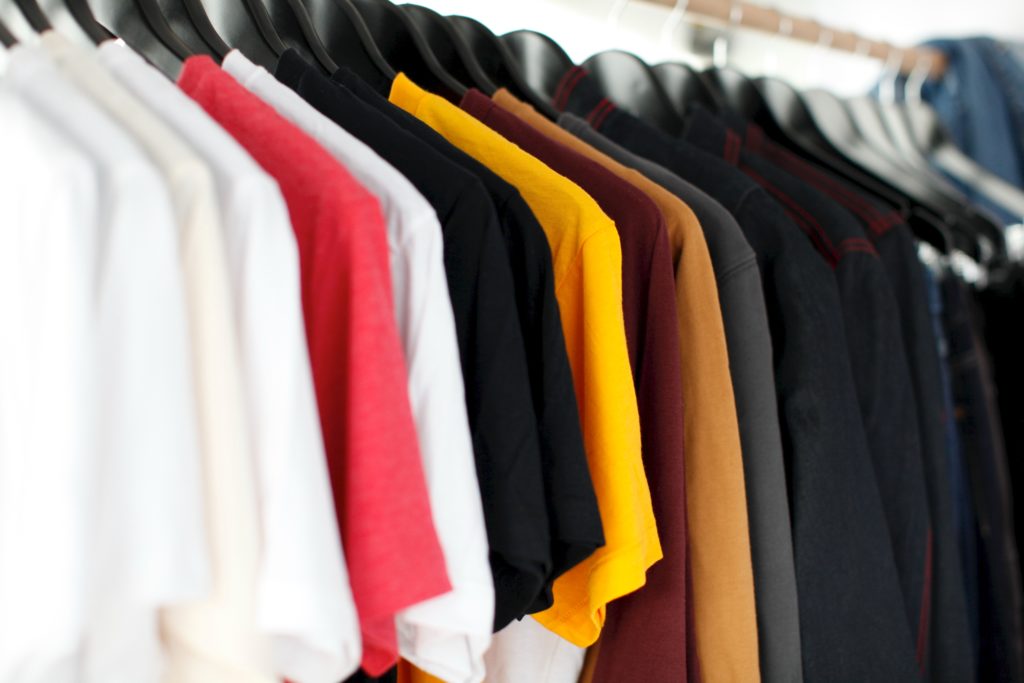
8. Replace > Choose Sustainable & Ethical
If you must replace an item, and you can’t seem to use any of the sustainable channels such as buying second hand and preloved, swapping and renting, think about buying upcycled to prevent supporting brand new production methods. There are brands that create pieces out of upcycled fabrics and materials, such as bouncy castles or ocean waste, or use textiles that have been made of recycled yarn instead of virgin fibres. If you must purchase a new item, then consider its end of life and what kind of impact it will leave behind. Choosing more environmentally friendly, biodegradable, cruelty-free fabrics like sustainably grown organic cotton and linen and regeneratively farmed bamboo are better options than synthetic fibres that will take thousands of years to decompose, releasing microplastics in the process.
Lead image courtesy of Sewport.

